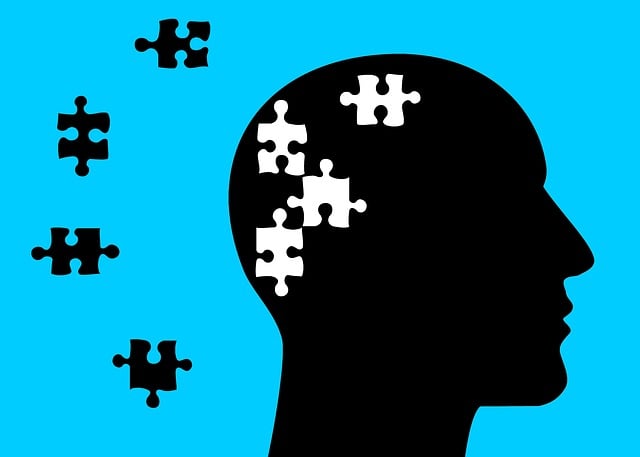Assessing the unique needs of Longmont abuse survivors is vital for designing an effective mental health education program through specialized therapy like Longmont Abuse Survivors Therapy (LAST). The goals should focus on enhancing mental wellness, developing resilience, reducing stress, and increasing self-awareness. Using engaging content strategies including storytelling and interactive elements, combined with understanding local mental health policies, creates a therapeutic learning environment that promotes positive outcomes. Robust support systems, community-focused strategies, and ongoing engagement ensure long-term healing and development of effective coping mechanisms for abuse survivors.
In the heart of Longmont, Colorado, survivors of abuse face unique mental health challenges. This article explores the meticulous design of a comprehensive education program tailored for their specific needs. We delve into three crucial components: assessing individual and collective trauma, crafting therapeutic content that resonates, and implementing support systems to foster recovery. By focusing on these aspects, the program aims to empower Longmont Abuse Survivors with knowledge and community, paving the way for transformative therapy and lasting mental well-being.
- Assessing Needs and Identifying Goals: Understanding the Unique Requirements of Longmont Abuse Survivors
- Crafting Engaging Content: Strategies for Educating on Mental Health in a Therapeutic Setting
- Implementing Support Systems: Fostering Community and Continuity Care for Optimal Recovery
Assessing Needs and Identifying Goals: Understanding the Unique Requirements of Longmont Abuse Survivors

Assessing the needs of Longmont abuse survivors is a critical step in designing an effective mental health education program. This process involves understanding the unique challenges and requirements of this specific population, who often face complex trauma and psychological issues. Survivors may require specialized therapy, such as Longmont Abuse Survivors Therapy, tailored to address their experiences, including emotional processing, coping strategies, and rebuilding self-esteem.
Identifying clear goals is equally important. A well-structured program should aim to enhance mental wellness by incorporating development opportunities for resilience, stress reduction methods, and self-awareness exercises. By recognizing the distinct needs of Longmont abuse survivors, the program can offer targeted interventions, fostering personal growth and recovery while prioritizing their unique journey towards healing.
Crafting Engaging Content: Strategies for Educating on Mental Health in a Therapeutic Setting

Creating engaging content is a key aspect of designing an effective mental health education program, especially in a therapeutic setting like Longmont Abuse Survivors Therapy. This involves employing various strategies to capture and maintain participants’ attention while conveying vital information about mental well-being. One powerful approach is storytelling; sharing real-life experiences or case studies can humanize complex concepts and make them more relatable. For instance, discussing a client’s journey through therapy, their challenges, and eventual recovery can inspire hope and foster a sense of community among participants.
Additionally, incorporating interactive elements such as role-playing scenarios, group discussions, and workshops enhances learning. These activities allow individuals to actively participate, practice new skills, and receive immediate feedback. For example, a workshop on stress management could involve guided meditation sessions followed by a group debrief where participants share their experiences and learn from one another. By combining these strategies with an understanding of the local mental health policy landscape, including Risk Management Planning for Mental Health Professionals and Risk Assessment practices, educators can create a well-rounded, engaging, and therapeutic learning environment that promotes positive mental health outcomes.
Implementing Support Systems: Fostering Community and Continuity Care for Optimal Recovery

Implementing robust support systems is integral to any mental health education program’s success, especially when focusing on recovery for survivors of abuse like those served by Longmont Abuse Survivors Therapy (LAST). Creating a sense of community and ensuring continuity of care can significantly enhance individuals’ journeys towards healing. By fostering connections among peers with shared experiences, survivors build a network that offers encouragement and understanding during their mental health journeys.
The program design should incorporate strategies to sustain these support systems beyond individual therapy sessions. This could involve organizing group activities or workshops centered around emotional regulation techniques and stress management. Such initiatives, inspired by the principles of Mental Health Policy Analysis and Advocacy, promote self-care practices that are essential for long-term mental well-being. Encouraging ongoing engagement in these activities ensures that individuals develop effective coping mechanisms, fostering resilience and a sense of belonging within their community.
Mental health education programs designed specifically for Longmont Abuse Survivors Therapy must be tailored to address unique needs, engage participants in therapeutic settings, and foster supportive communities. By implementing strategies that target goal-setting, content delivery, and continuity care, we can revolutionize recovery support for this vulnerable population. These programs have the potential to empower survivors with knowledge, skills, and a sense of community, marking a significant step towards healing and well-being.














